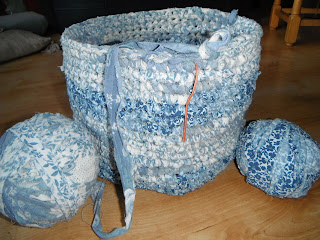Recycled Materials Basket Tutorial
Materials:
Newspaper
Pegs
Stapler
Scissors
Before making a basket you will first have to prepare your
materials. For the basket we are going to make we are going to use newspapers
which we need to fold into strips.
Fold each sheet of newspaper along its length into the centre
from both sides and crease. Do this 4 times in total and hold the resulting
strip with a peg while you make the rest. For our basket we are going to use 8
strips but you can use any even number to make a bigger basket, but remember,
the bigger the base, the shorter the sides unless you add more material.
Mark the centre of two strips and using this as a guide, weave
the other strips under and over to make the base, making sure there are the
same number of strips either side of each mark.
Staple each corner to hold the strips in place, these can be
removed at the end.
Starting with the side nearest you, cross the middle two
strips over at a right angle, keeping the over/ under pattern going. Take up
the strips either side and add them in. Peg in place.
Continue working around the other three sides and you will
find that you will begin to see where the strips should be woven. Use pegs to
hold your work in place while working on another part of the basket, pulling
gently on the strips to keep the weave tight.
To finish your basket pick two weavers next to each other. I
am starting with the ones held by the green peg.
Fold the left hand weaver over the right hand one, then fold
the right hand weaver over the top of the first weaver and behind the next
weaver to the left.
Continue working around the basket to the left in this way
until all the weavers are secure. The last one will need to be tucked into
place behind the first one.
Excess length can be woven into the basket to make it more
secure, trimming off any bits that are too long.
If necessary, crease the basket along the edges of the base to
make it stand straight.
Other materials that can be used for plaited baskets are cardboard
strips, fruit juice cartons cut on a spiral to make longer strips, magazines,
fabric strips, dried plant materials (you may need to spray them first to make them flexible,do not use them green as they will shrink as they dry)- montbretia, flax, etc. use your imagination and see what you come up with. Making
something useful from ‘rubbish’ is very satisfying.
Ex
Continue

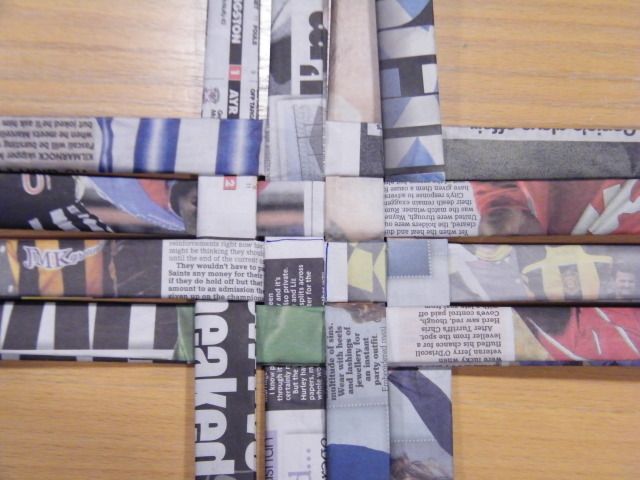


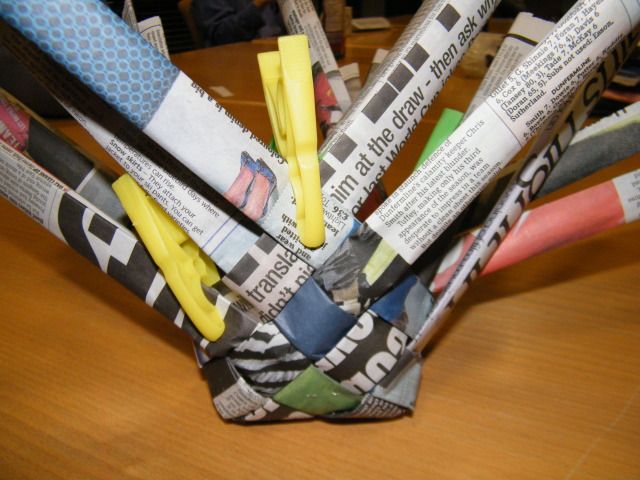
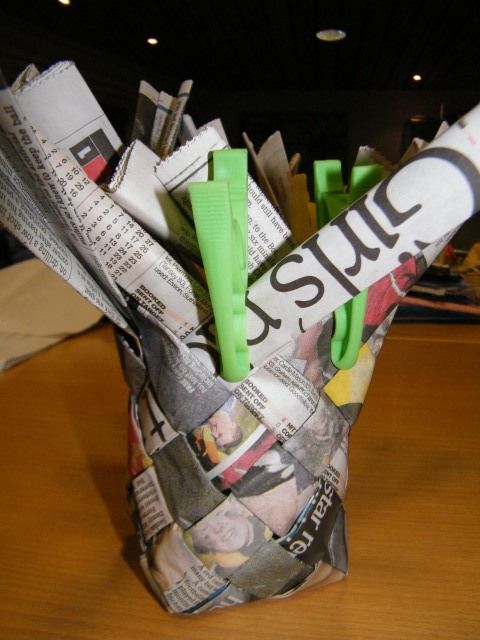
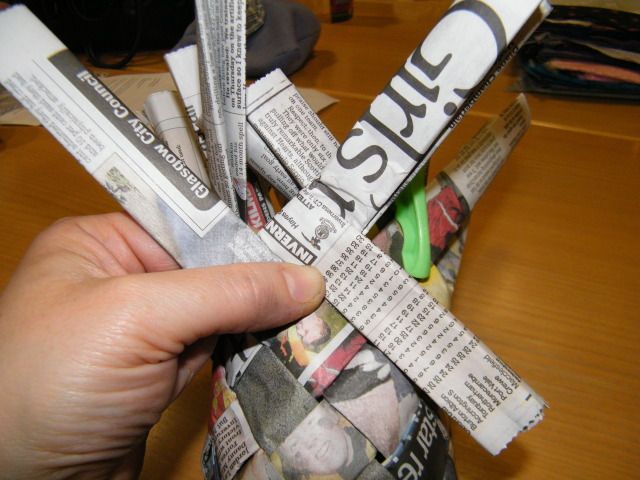
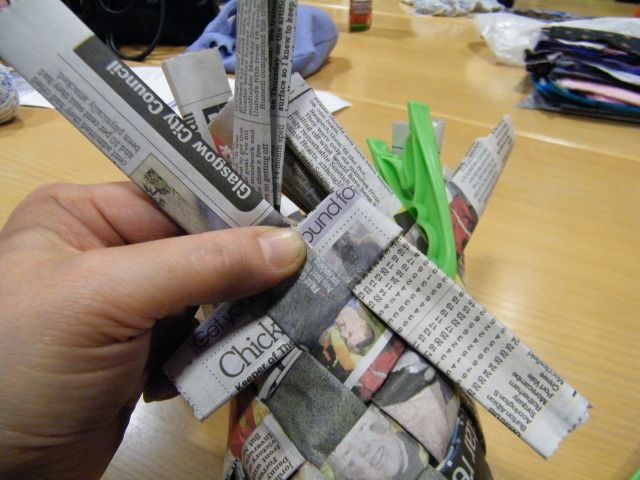
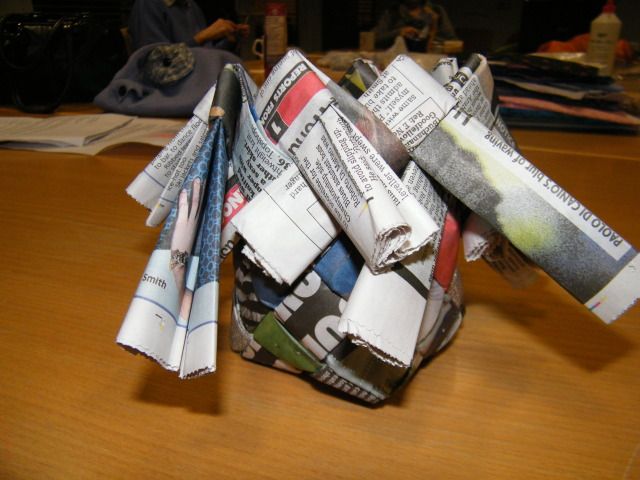
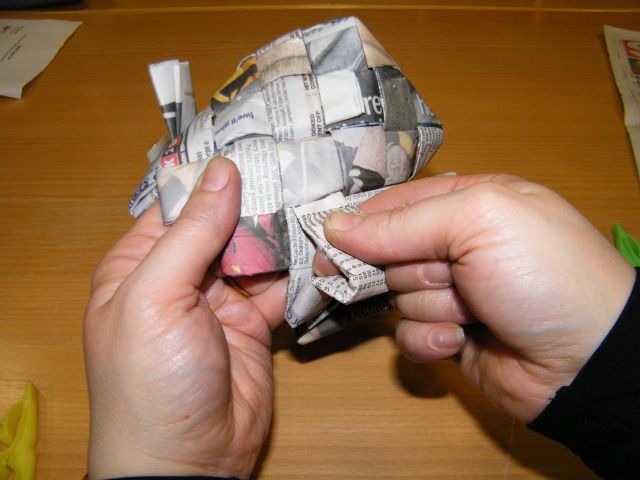


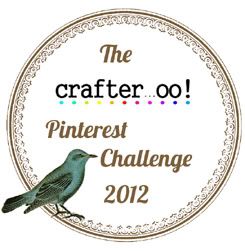

 Paint tray ready to print
Paint tray ready to print Paper before scraping off the foam
Paper before scraping off the foam The finished picture
The finished picture




